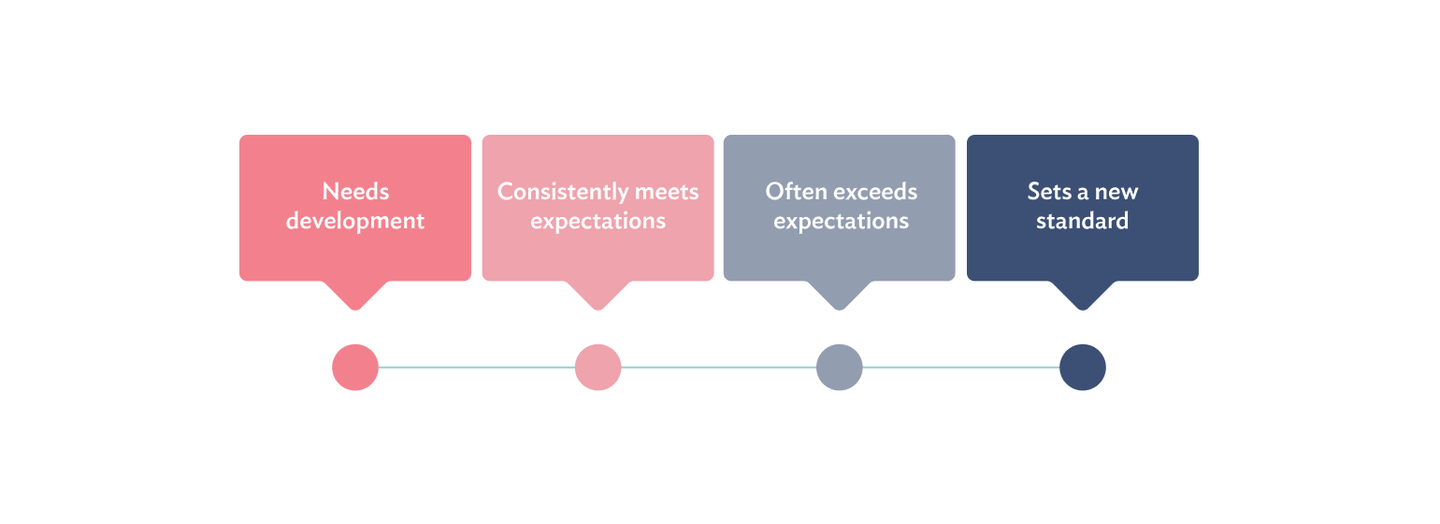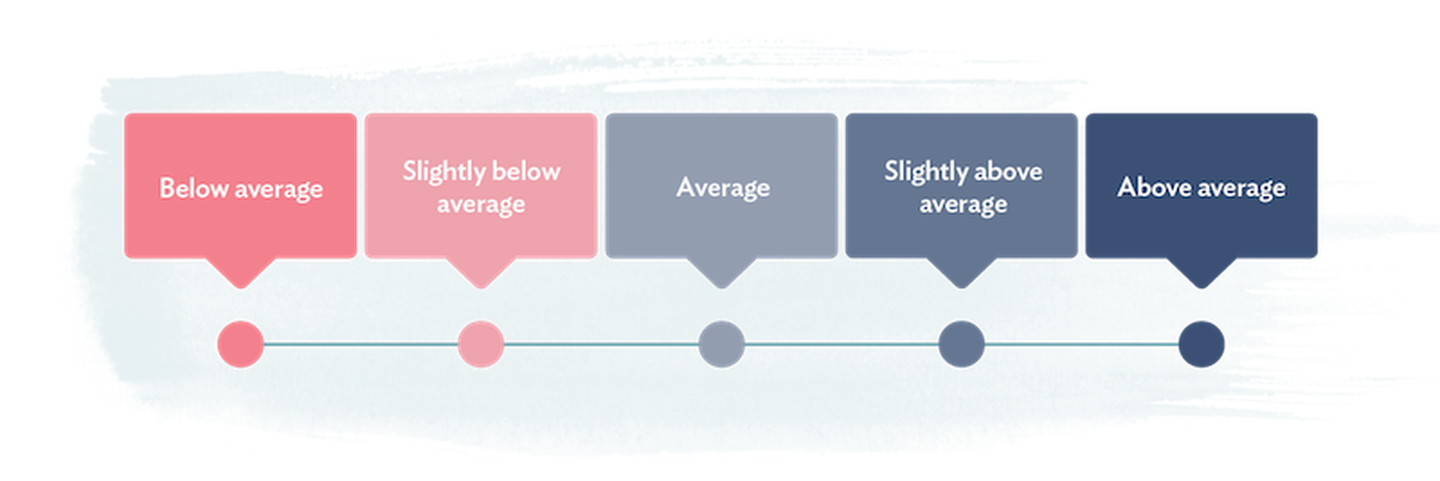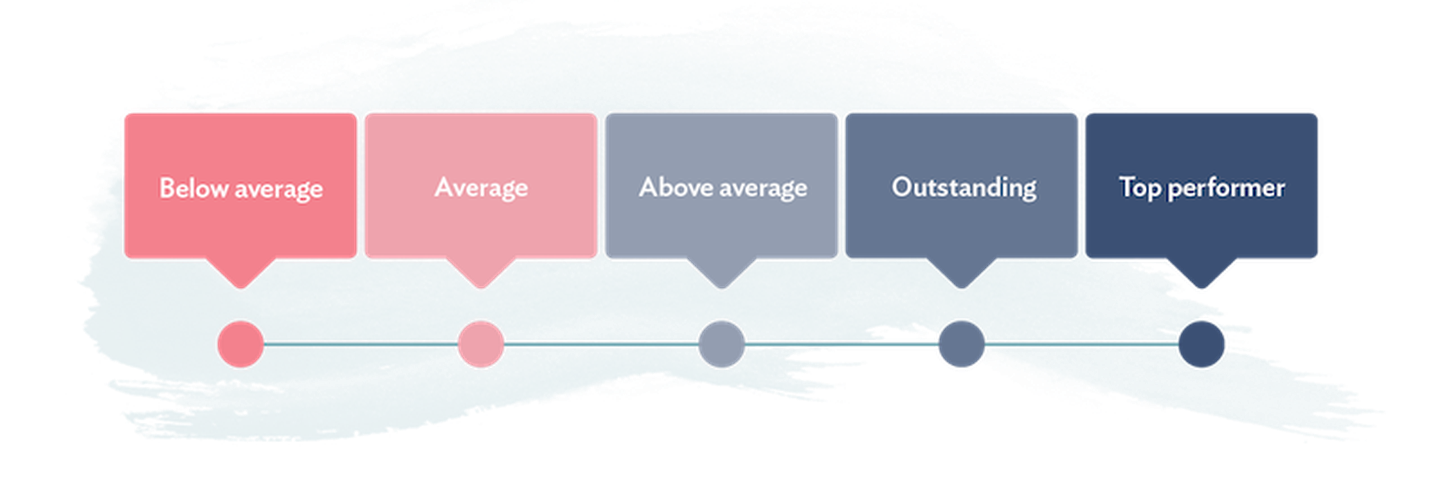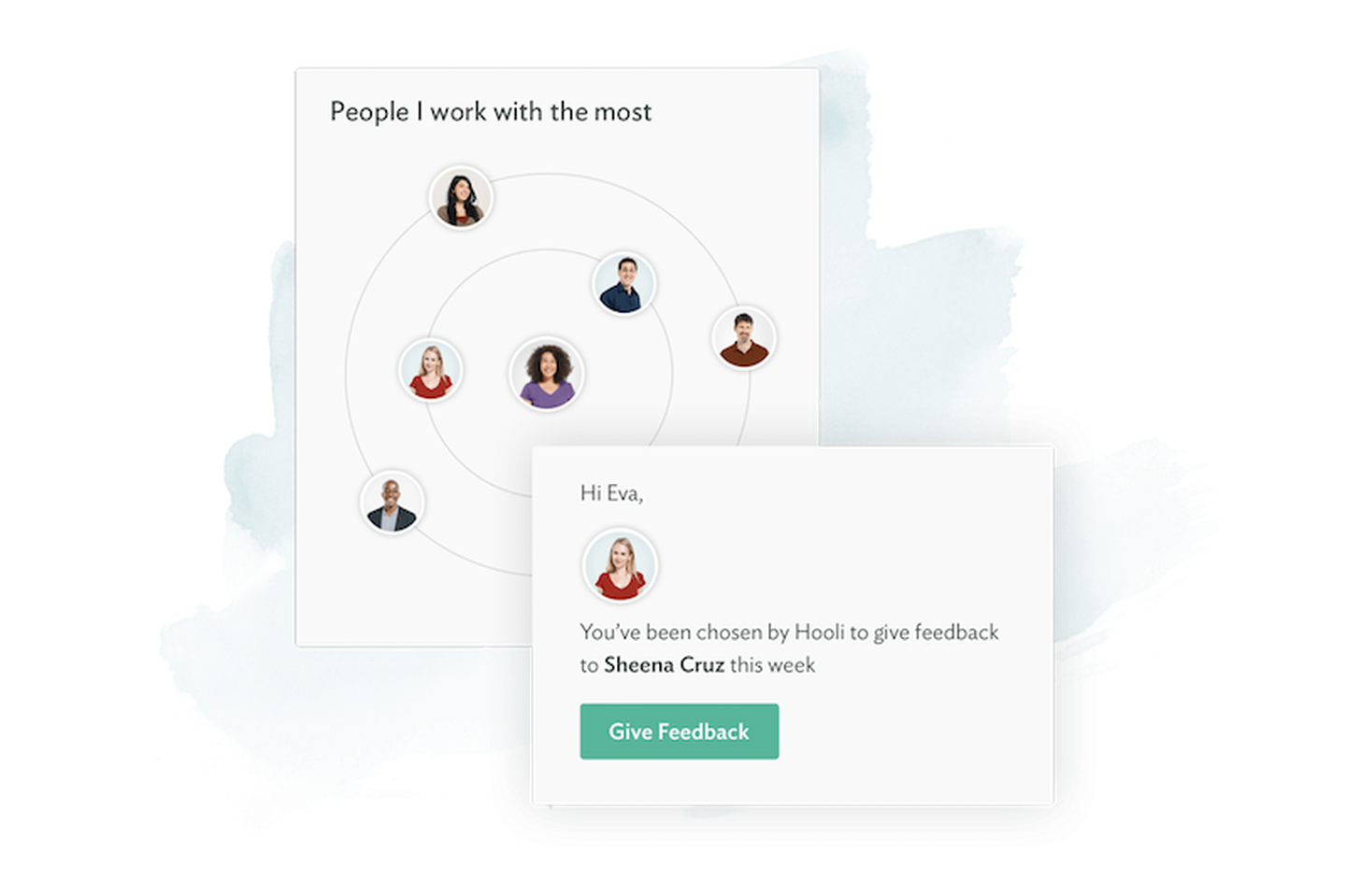

I am biased. You are biased. All humans are biased. Not buying it yet? Consider the research of Daniel Kahneman, a psychologist awarded the Nobel Prize for his groundbreaking work applying psychological insights to economics. In his research, Kahneman demonstrated one simple truth: most human decisions are based on biases, beliefs, and intuition, not facts or logic.
This is part of why people tend to bring bias into the performance review process, even when going into it with the best intentions. And when it comes to performance reviews (also known as performance appraisals), biases have a huge impact.
So, what can your and your organization do to ensure that performance review processes are as bias-free as possible? Incorporate bias blockers into each step of the process. Once you know these biases exist, you can use various strategies (and a good dose of self-awareness) to minimize their effects.
In this article, we'll share the ten types of biases that affect performance reviews, examples of they look in action, and prevention strategies to help mitigate their effects.
Commonly referred to as "unconscious bias" or "implicit bias," a bias is an error in judgment that happens when a person allows their conscious or unconscious prejudices to affect their evaluation of another person. It usually implies an unfair judgment against or in favor of someone.
Unconscious biases can lead to inflation or deflation of employee ratings, which can have serious implications in high-stakes situations directly affected by performance assessments. For example, promotion, compensation, hiring, or even firing decisions.
Given the weight of these decisions, it’s critical to ensure that the performance management process is fair and objective as possible. Otherwise, your people will lose trust in the process, become disengaged, and lose the motivation to use the performance review as an opportunity to make improvements and grow.

 the highest rating is " width="800" height="267" />
the highest rating is " width="800" height="267" />
However, if you wanted to give managers more opportunities to identify stellar performers, you could create a scale with "above average" as the middle rating and "top performer" as the top rating.
 the highest rating is " width="800" height="267" />
the highest rating is " width="800" height="267" />
What is similar-to-me bias?
Similar-to-me bias is the inclination to give a higher rating to people with similar interests, skills, and backgrounds as the person doing the rating.
Simply put, we tend to like people that are like us. In addition to making performance reviews tricky, similar-to-me bias can make your workplace feel less inclusive and may even affect how diverse the overall makeup of the organization is.
Example of similar-to-me bias:
Imagine there is a manager that attended a top-ranked school that they loved. When conducting a performance appraisal for someone who went to the same top-ranked school, the manager may rate them higher because of their inflated impression of the school and those who graduated from that school.
How to prevent similar-to-me bias:
Reduce the effect of similar-to-me-bias by requiring specificity in managers’ assessments. In three separate studies, Yale researchers found that when you first agree to the criteria used in an assessment and then you make the evaluation, you are less likely to rely on stereotypes, and your assessments are less biased.

Unfortunately, we’re not that good at knowing our own biases. Research has suggested that the more help you need in this area, the harder it is to recognize that you need help. People underestimate their own bias, and the most biased among us underestimate it the most.
So, one step is to check yourself through some unbiased means. One method that researchers at the University of Washington, University of Virginia, Harvard University, and Yale University have used is the Implicit Association Test, which is freely available to everyone. Fair warning, though: you might not be comfortable or agree with the results, but that’s probably just your bias talking.
Next, give yourself permission to be human and recognize the limits of your own understanding. Just being aware of your biases will not, in and of itself, enable you to overcome your biases. This doesn’t mean we should ignore or give in to our biases. Instead, we need to set up systems, processes, procedures, and even technology that enable us to make better decisions. Ask for help. Get feedback from others. Set firm criteria and be consistent. Most of all, keep an open mind.